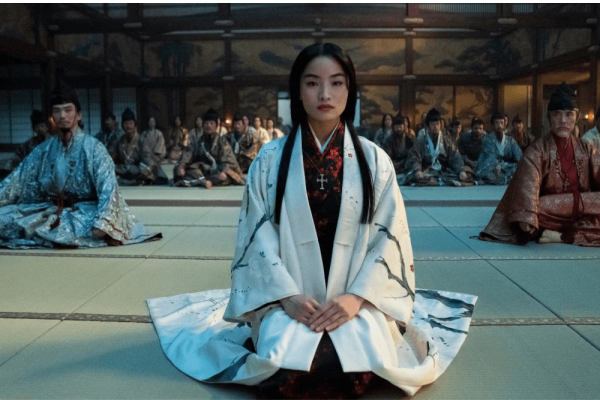Oct 2, 2024
As a missiologist and practical theologian, I can’t help but appreciate the multiple depictions of an embodied faith throughout the drama, in patterns of both faithfulness and dysfunction.
Read the Full Article

Already a subscriber? Login
